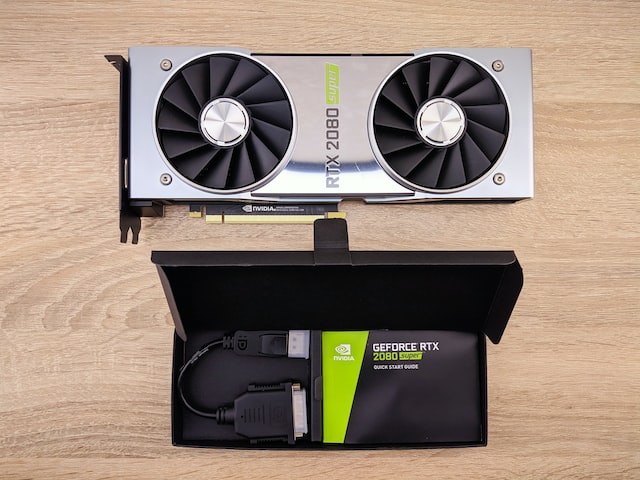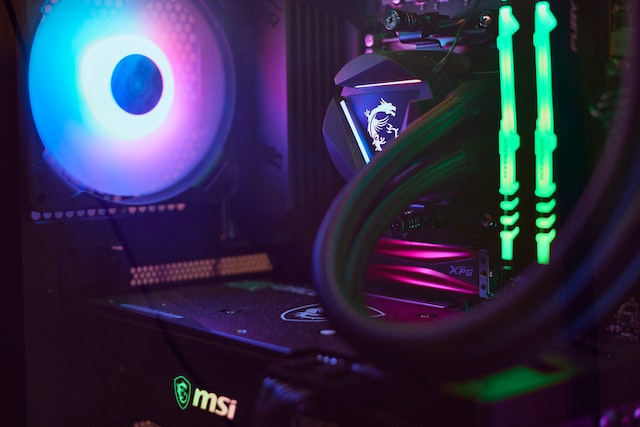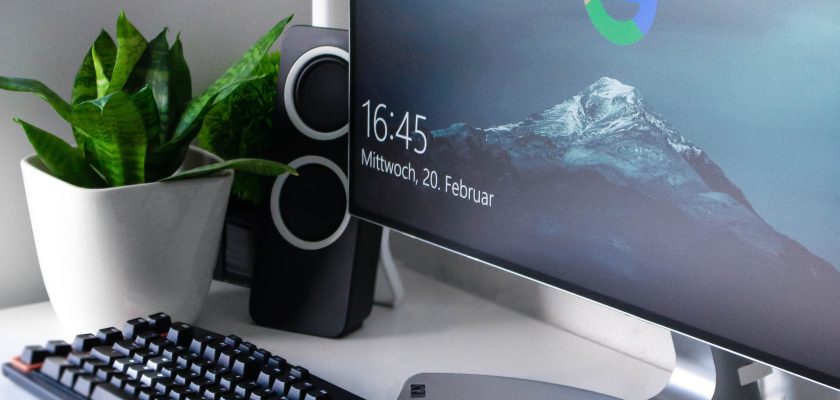If your computer keeps going into the power save mode even though you are trying to use it, there are a few different ways to get it out of the mode. First, you should check the amount of time that it takes for your PC to go into the standby mode. Next, you should disable the power saving settings on your PC. Finally, you should make sure that your monitor cable is properly connected to the PC.
Check the cable connection between the PC and the monitor
If you have a Dell monitor stuck in power save mode, you should check the cable connection between your PC and the monitor to get your computer out of this problem. The most common problem is faulty cables. However, there are other reasons for your monitor to enter this state, including a faulty video card or video hardware.
First, you should turn on your computer and your monitor. You should see an image on your monitor. It is also important that the monitor is connected to your video card.

Photo by Andrey Matveev on Unsplash
If the light on the monitor is red, it means that your monitor is not receiving a signal from the video card. Your computer may need to be checked for any faulty internal components or a faulty memory battery.
A computer will usually run in power saving mode after a period of inactivity. This mode conserves energy and will not affect your performance. But it can also cause your monitor to go blank and not load graphics.
To solve this issue, you can remove and reconnect the video cable, but you will have to restart the computer. Afterward, the graphics should return.
Other fixes involve re-configuring your display settings or managing your hardware.
Disable the power saving settings
Using a power saver can be a great way to save energy and reduce your bills. However, it can also be an annoyance to some users. Fortunately, you can get rid of the power saver mode by disabling the settings. This can help your computer to perform better and avoid power related issues.
A Power Save Mode is a feature in Windows that allows you to put your computer to sleep when you are not using it. This can help you save energy and avoid screen burn, which could ruin your monitor’s display.
In order to turn the power saving feature off, you can go to the Windows Control Panel and select “Power Options.” You will see the option to “Change plan settings” and “Change advanced power settings”.

Photo by Denis’s Pixels on Unsplash
The first option that you can choose from is the “Low Power Mode.” It disables the Touch Panel and turns off the display. If you are using a laptop, you can select the “Sleep Mode” instead.
The other options are the “Change when the computer sleeps” and the “On battery”. There is a “Never” option for the latter.
You can also create a custom power saving plan. These can be useful if you are frequently away from your PC and need to turn it off.
Check the amount of time before the computer goes into Standby mode
If you’re looking for the best way to turn off your computer, you’re going to need to do more than push a few buttons and wait for the lights to dim. One of the first steps is to check the amount of time it takes to get your laptop to shut off. Fortunately, you can check this out on a schedule if your system is set to do it for you. Having this information at hand can save you a headache down the road. It’s also a good idea to take note of your system’s sleep time and turn it off on your own if it’s been sitting there for too long. After all, the last thing you want is to be greeted by a disgruntled janitor.
